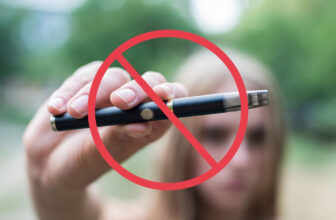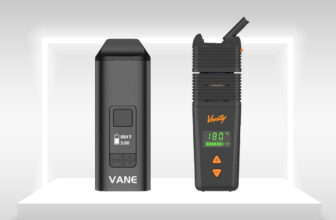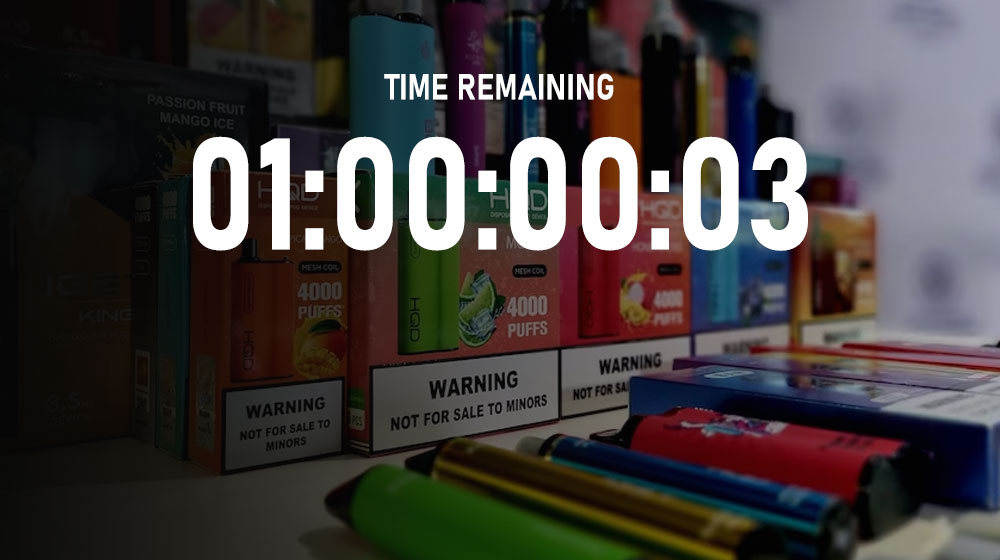
In the rapidly evolving landscape of vaping, disposable vapes have emerged as a popular choice for both seasoned smokers and newcomers. Their convenience, variety of flavors, and portability have catapulted them to the forefront of the vaping industry. However, amidst their growing popularity, questions about their expiration and overall safety have surfaced. This article takes an in-depth look at disposable vapes, reveals the mystery of their expiration date, and provides a comprehensive analysis of their health impacts, environmental impacts, and regulatory status.
Understanding Disposable Vapes
Disposable vapes are pre-filled electronic devices designed for single use. They contain a battery, a heating element, and a liquid solution usually composed of nicotine, flavorings, and propylene glycol or vegetable glycerin. Unlike rechargeable vapes, disposable vapes are meant to be discarded after the liquid is depleted, which typically happens after 200 to 600 puffs, depending on the product. Of course, as the needs of the vape market continue to change, many large-volume disposable products now come standard with rechargeable batteries and functions, which greatly improves the service life of disposable vapes.
Do Disposable Vapes Expire?
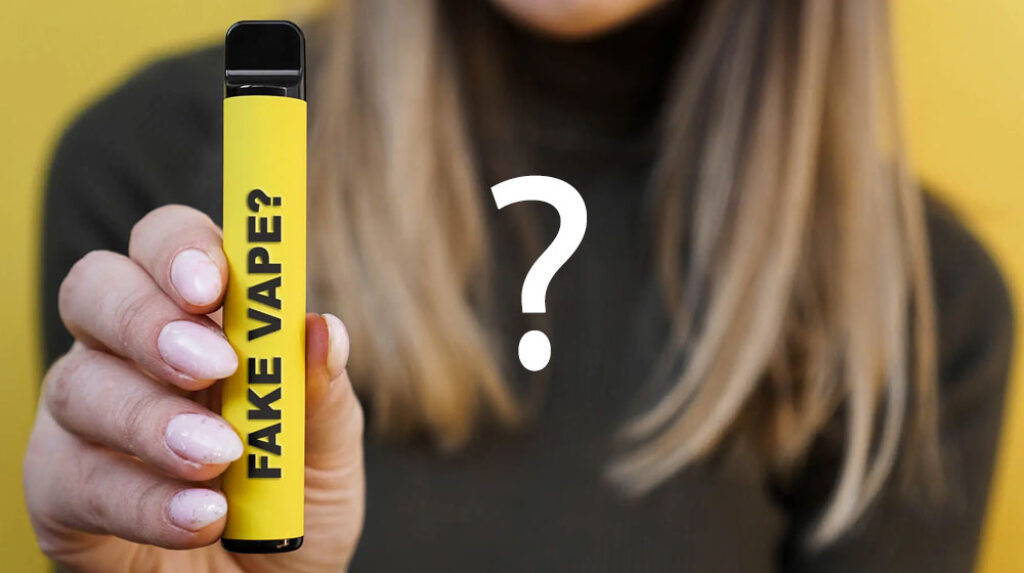
The concept of expiration dates is more commonly associated with consumable goods such as food and medication. However, when it comes to electronic devices like disposable vapes, the notion of an expiration date is not as straightforward. The notion of expiration in disposable vapes primarily revolves around three aspects: the battery life the quality of the e-liquid and Storage Conditions.
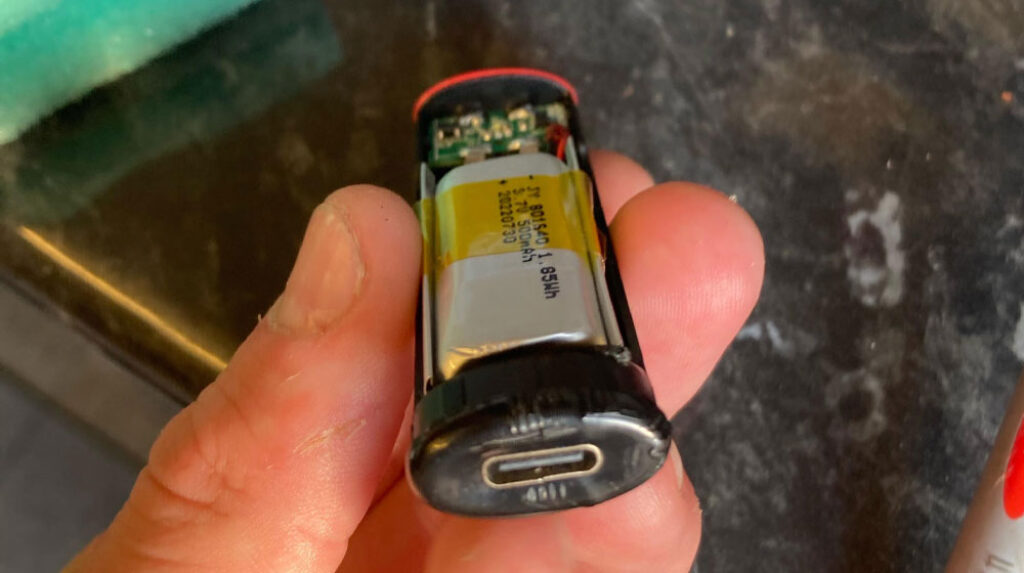
- Battery Life: Since disposable vapes are divided into non-rechargeable and rechargeable types, the lifespan of the device is very different. Non-rechargeable disposable vapes will be limited by battery life. Although manufacturers design these batteries to last until the e-liquid is depleted, changes in storage conditions and usage patterns may cause differences in battery performance. Rechargeable disposable vapes do not have this anxiety.
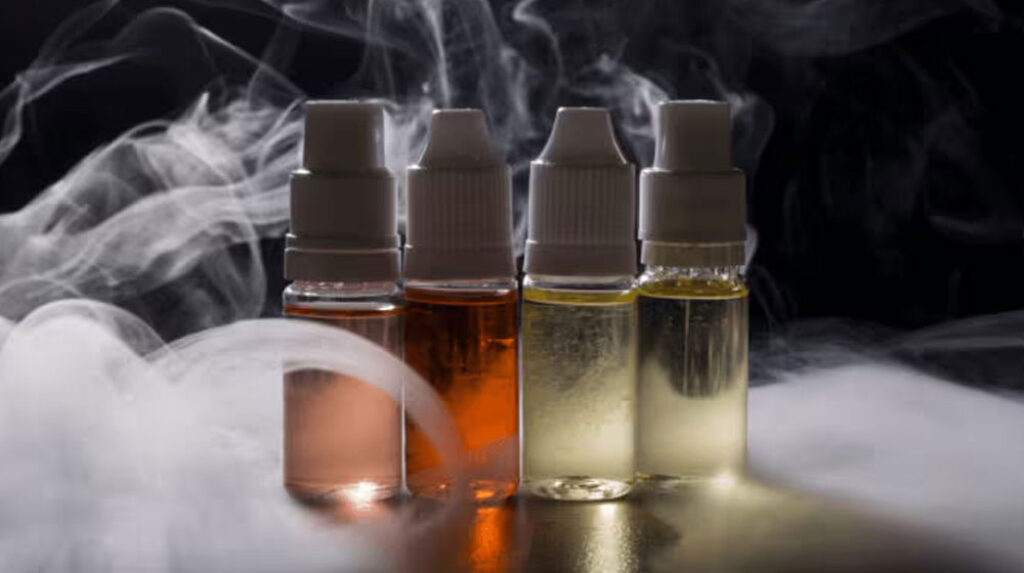
- E-Liquid Quality: Like any consumable product, the components of e-liquid can degrade over time. Nicotine can oxidize, and flavorings can lose their potency, leading to a compromised vaping experience. Most manufacturers recommend using disposable vapes within a period of 12 to 24 months from the manufacturing date to ensure optimal flavor and nicotine strength.
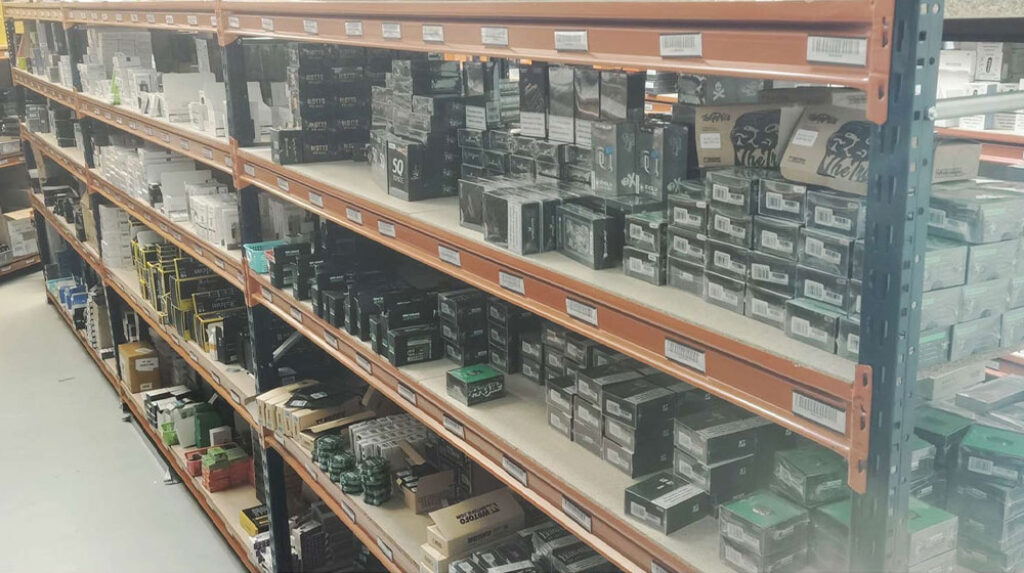
- Storage Conditions: Proper storage is essential for maintaining the quality of a disposable vape. Extreme temperatures, humidity, and exposure to moisture can damage the device and shorten its lifespan. Storing the vape in a cool, dry place, such as a drawer or cabinet, can help preserve its components and ensure optimal performance.
Is it harmful if you accidentally use an expired disposable vape?
While using an expired disposable vape may not pose immediate health risks, the overall vaping experience may be compromised. Reduced battery life, flavor degradation, and potential leakage issues can detract from the enjoyment of vaping. It is advisable to replace a disposable vape once it shows signs of deterioration to ensure a consistent and safe vaping experience.
Environmental Impact
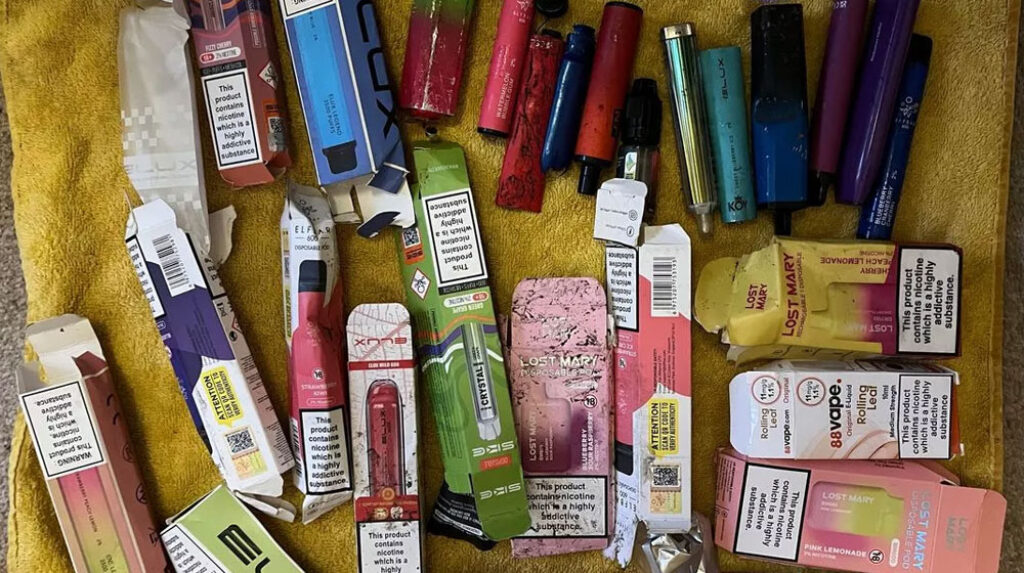
The environmental aspect of disposable vapes cannot be overlooked. The single-use nature of these devices contributes to electronic waste, as discarded units end up in landfills where their batteries and electronic components pose a pollution risk. The lack of a standardized recycling program for disposable vapes exacerbates this issue.
Regulatory Landscape
The regulation of disposable vapes, including aspects related to their expiration, varies significantly across jurisdictions. Some countries have implemented stringent measures to control the sale and distribution of vaping products, including mandatory health warnings and restrictions on flavors. However, the specifics regarding the labeling of expiration dates and disposal instructions often remain ambiguous, leaving a gap in consumer awareness and protection.
Controversy over disposable vapes
Proponents of disposable vapes argue that they offer a less harmful alternative to traditional cigarettes and serve as an effective tool for smoking cessation. They emphasize the importance of responsible manufacturing and marketing practices, including clear labeling of expiration dates and proper usage instructions.
Critics, however, raise concerns about the potential health risks associated with expired products and the environmental toll of disposable vapes. They advocate for stricter regulations to ensure consumer safety and environmental sustainability. Additionally, the accessibility and appeal of flavored disposable vapes among young people have sparked debates about their role in promoting nicotine addiction.
Conclusion
The expiration mystery of disposable vapes is a multifaceted issue that encompasses health, environmental, and regulatory dimensions. While these devices offer convenience and an alternative to smoking, it is crucial to consider their potential risks and implications. All vape enthusiasts should pay more attention to environmental protection after enjoying the convenience and nicotine enjoyment brought by vape.
Consumers should be vigilant about the expiration of disposable vapes and adhere to usage recommendations to minimize health risks. On a broader scale, manufacturers, regulators, and environmental advocates must collaborate to address the challenges posed by disposable vapes, ensuring that public health and environmental integrity are safeguarded.






